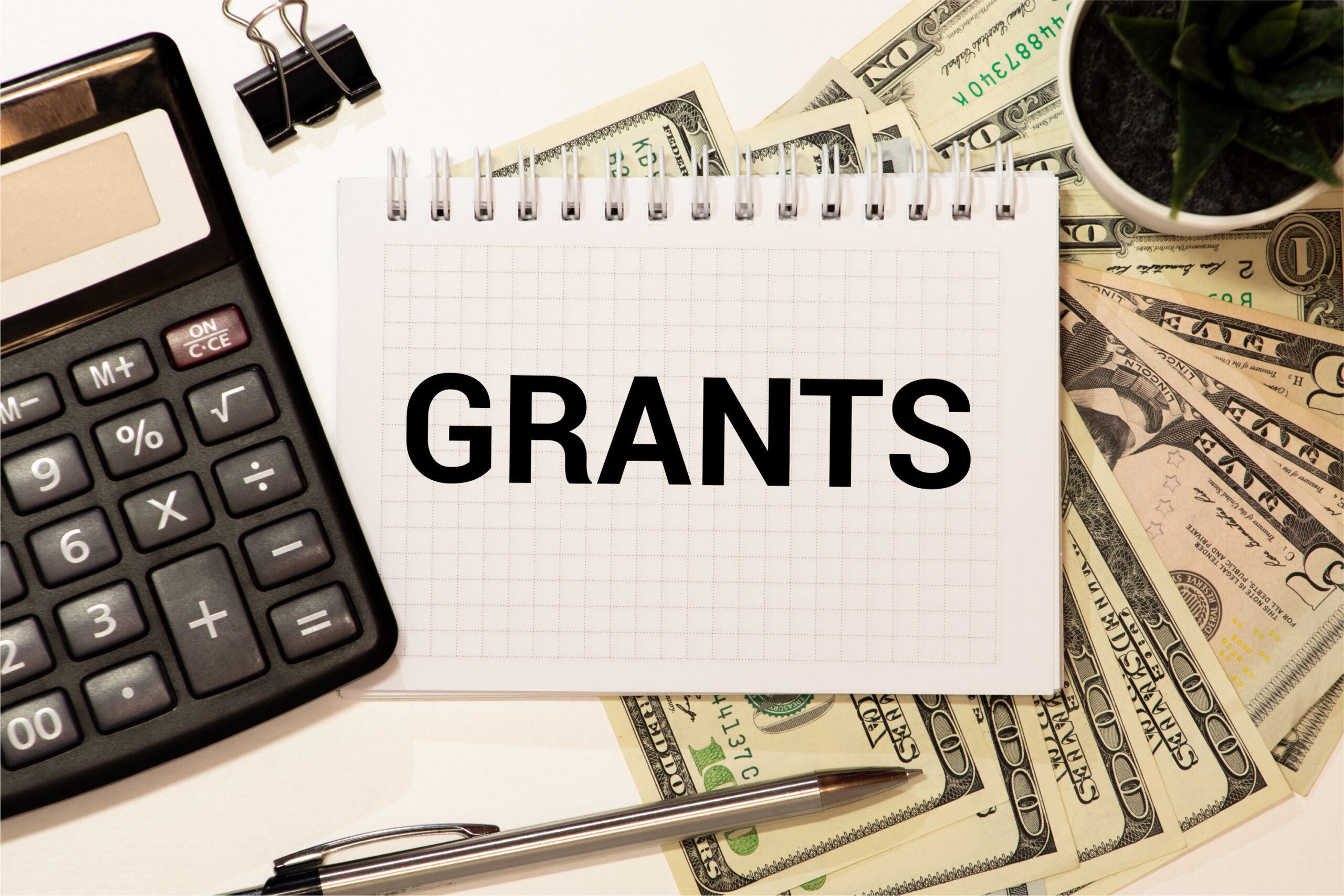Grant writing can feel like a long journey with many stops along the way. I know how challenging it can be to track deadlines, gather all the necessary information, and write a clear proposal that stands out.
Using the right software can turn that long journey into a smooth ride. In fact, research shows that only about 30% of grant proposals get funded (see Grant Professionals Association). That means every extra tool or technique that helps polish your proposal might give you the edge you need.
In this post, I share my insights on some of the best software tools that help organize ideas, manage deadlines, and track progress. I’ll talk about what these tools do, how they help, and offer some tips for choosing the right one for your needs. I hope that by the end of this post, you’ll feel more confident about using technology to boost your grant writing success.
The Value of Grant Writing Tools
Grant writing involves many moving parts. You need to research potential funders, keep track of application guidelines, draft proposals, and meet strict deadlines. A good software tool can help you with all these tasks. It can act like a digital organizer that keeps your ideas in order and reminds you of upcoming deadlines.
For example, many grant writing tools let you create and store templates. This means you don’t have to start from scratch every time. Instead, you can update a saved template with new details for each proposal. Some tools even offer collaboration features. This is handy if you work with a team, as everyone can share ideas and comments in one place.
I have used a few of these tools over the years, and I’ve seen firsthand how much time and energy they can save. Instead of spending hours trying to remember what needs to be done next, I can focus on making sure my proposal is clear and persuasive. With a good tool, you can also track your progress, which helps in planning your work better.
Just Before You Go
Empower individuals to overcome barriers, gain essential skills, and secure gainful employment through our proven programs—KeelMaster, KeelWings, and KeelMate. Your support can spark change and build brighter futures.
Donate NowTop Tools to Consider
There are several software tools designed specifically to make the grant writing process easier. Here are a few that I have found useful:
GrantHub
GrantHub is a cloud-based tool that helps you manage your grants from start to finish. It allows you to store all your documents in one place, set reminders for deadlines, and even track the status of your proposals. GrantHub is especially useful for small organizations or independent grant writers who need a simple way to keep everything organized. You can check it out at GrantHub.
Instrumentl
Instrumentl is another popular choice for finding and tracking grant opportunities. It helps you search for grants that match your organization’s focus and keeps a record of deadlines and requirements. I appreciate Instrumentl’s clean design and straightforward navigation. It makes the search process less overwhelming and more productive. Learn more about it at Instrumentl.
Foundant Technologies
Foundant Technologies offers software that is well-suited for larger organizations or those with more complex needs. Their platform can help manage multiple grants, track budgets, and streamline reporting.
While it might have a steeper learning curve, the features it offers can be very valuable if you handle many proposals at once. Visit their website at Foundant Technologies.
Additional Options
Many other tools out there can help with specific aspects of grant writing. Some platforms focus on budgeting and financial reporting, while others concentrate on project management.
It’s worth exploring a few options to see which one fits best with your work style and needs. I’ve found that a little experimentation can go a long way in finding the perfect match.
Choosing the Right Tool for You
When deciding on a grant writing tool, it helps to consider what you need most. Think about your workflow and the parts of grant writing that take up the most time.
Do you need help with organization and tracking deadlines? Or is your main challenge finding the right grants to apply for? Answering these questions can narrow down your choices.
Here are some tips that have worked for me:
- Ease of Use: Pick a tool that is simple and intuitive. A steep learning curve can slow you down, so choose software that feels natural to work with.
- Cost: Some tools offer free trials or even free versions, while others require a subscription. I recommend trying out a free version first to see if it meets your needs.
- Features: Make sure the tool has the features that will help you most. For example, if you work in a team, look for software with strong collaboration features.
- Support: Good customer support is crucial. I like tools that offer easy access to help, whether through tutorials, live chat, or email support.
By considering these factors, you can pick a tool that not only fits your budget but also makes your grant writing process more enjoyable.
Frequently Asked Questions
What is grant writing software?
Grant writing software is a digital tool that helps you manage all parts of the grant writing process. It can store documents, track deadlines, and even help you search for funding opportunities. The goal is to make grant writing less stressful and more efficient.
How much do these tools cost?
Prices vary a lot. Some tools offer free trials or basic free versions, while others require monthly or yearly subscriptions. I suggest starting with a free version to see if it suits your needs before committing to a paid plan.
Can these tools help with proposal writing?
Yes, many of these tools provide templates and writing guides that help you structure your proposals. They can also track your progress, making it easier to see what still needs to be done.
Are these tools only for nonprofits?
Not at all. While many nonprofits use grant writing software, small businesses, educational institutions, and research organizations also benefit from these tools. Any group that applies for grants can find value in using software to manage the process.
Additional Resources
If you’re interested in learning more about grant writing or exploring other software options, here are some extra resources that I find helpful:
- Grant Professionals Association: This organization offers information, training, and networking opportunities for those involved in grant writing. Visit Grant Professionals Association for more details.
- Foundation Center: A great place to find information on grant funding and research resources. Check out Foundation Center.
- Nonprofit Quarterly: This site often features articles and insights on fundraising and grant writing. Their posts can offer additional tips and best practices.
- Online Webinars and Tutorials: Many software providers, like Instrumentl and GrantHub, offer free webinars that demonstrate how to use their tools. These sessions can be very useful if you’re just getting started.
Conclusion
Finding the right software tool can make all the difference when it comes to grant writing. With the right help, you can manage deadlines, organize documents, and keep track of opportunities in a much smoother way.
I’ve learned that a little time invested in setting up a good system can pay off many times over when you see your proposals coming together more easily. The journey of applying for grants may still have its challenges, but the right software can turn those challenges into manageable tasks.
I hope you found this guide helpful. It’s important to use the best tools available so you can focus on the content of your proposal rather than getting bogged down by administrative details. So, what do you think? Which tool will you try first to transform your grant writing process?
Just Before You Go
Empower individuals to overcome barriers, gain essential skills, and secure gainful employment through our proven programs—KeelMaster, KeelWings, and KeelMate. Your support can spark change and build brighter futures.
Donate Now



